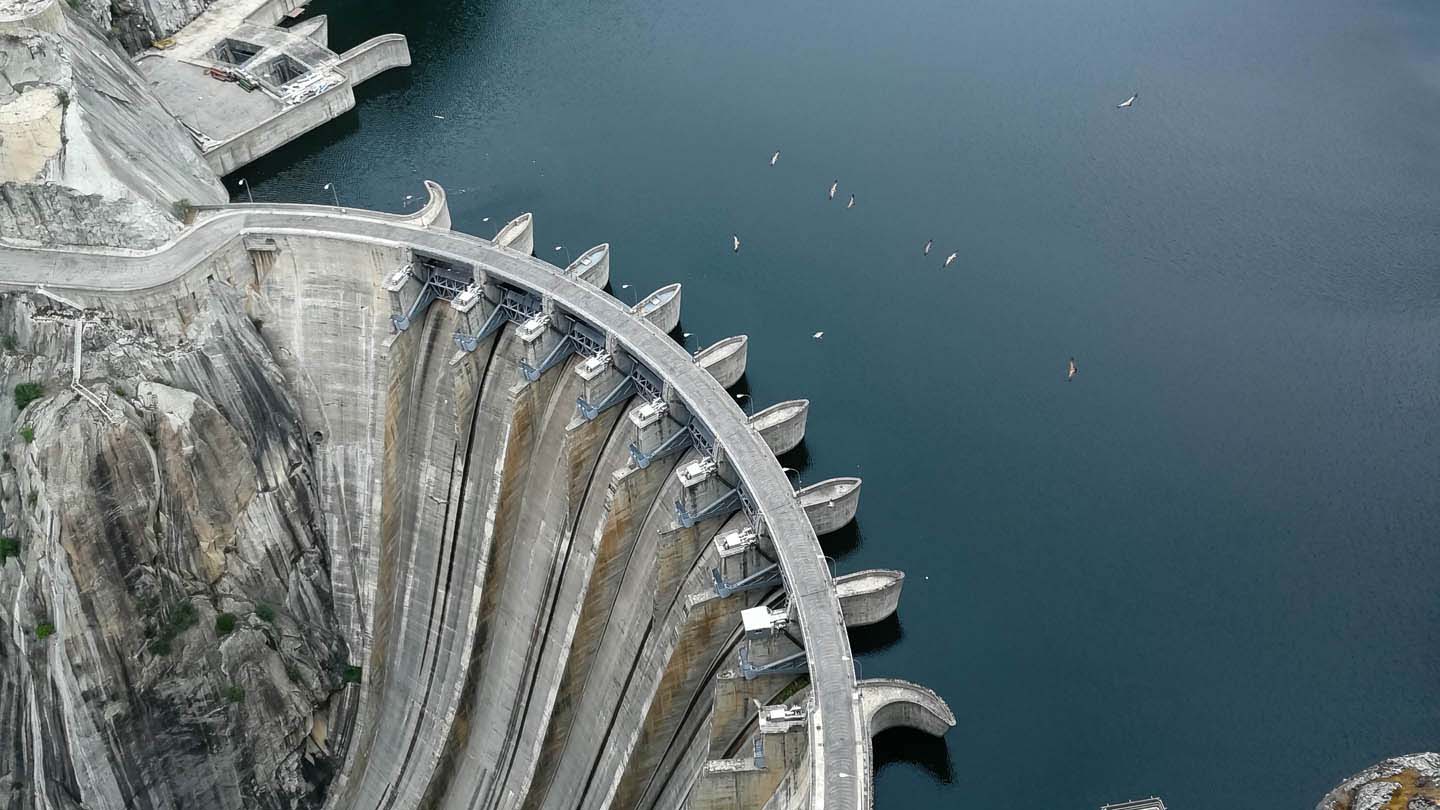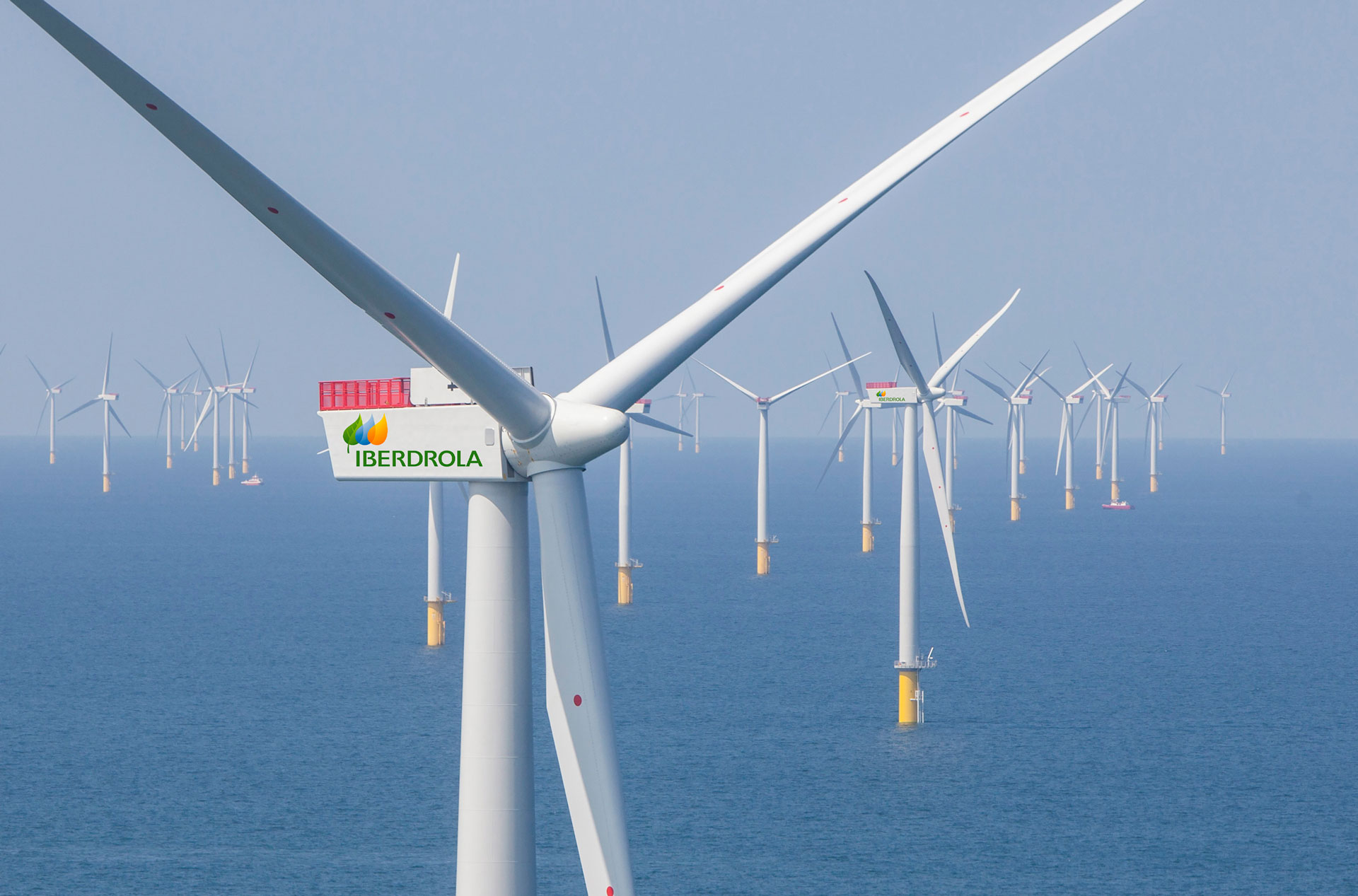As the European Union advances with its green transition, the energy sector will play a crucial role in cutting emissions. This shift relies on investments in renewables, power networks and energy storage to promote the electrification of our economies. It is a journey that the energy industry is ready to make and it will be worth the effort. The energy transition can be a success story in terms of growth and high-quality jobs and the key for a stronger, more sustainable European economy.
However, the process currently faces two significant barriers linked to the Single Market: administrative obstacles and divergent taxation regimes. These hurdles are hampering the EU’s ambition to build a robust Energy Union.
Twenty years ago, Iberdrola anticipated the transition towards what were then seen as alternative energy sources and moved to build a clean, reliable and inclusive business model. We are currently rolling out flagship projects like the Alto Tâmega “Giga battery” – Portugal’s largest pumped-storage hydro project, the full digitalisation of the electricity grids in Spain and the UK, the Baltic Eagle and Saint-Brieuc offshore wind farms in Germany and France, or the Pizarro solar plant in Spain. These are massive projects and their impact will be transformative. But we increasingly find that permitting procedures are becoming more complicated, excessively time-consuming and involve too many contact points.
Lengthy and diverse permitting criteria delay renewable energy projects
Procedures on some projects can take 6 years, whereas the construction and activation might take less than a year.
In the race to achieve green transition and avert climate catastrophe, why is permitting taking so long? Nobody disagrees that robust procedures and criteria are needed to ensure that electricity investments do not damage biodiversity and the environment, but the problem is that permit criteria are not harmonised at EU-level. These disparities and over-complexity in the rules risk undermining the EU’s efforts to become carbon neutral by 2050.
EU countries have established 10-year integrated National Energy and Climate Plans (NECP) from 2021 to 2030. In those plans, they have outlined how they intend to cut greenhouse gas emissions and expand renewables, energy efficiency, interconnections and research and innovation. But in practise, the required investments described in the NECPs will only happen if permitting is streamlined across the EU.
The revision of the Renewable Energy Directive could be the moment to address this anomaly by improving permitting.
A benchmarking system would be the starting point – based on relevant key performance indicators against which EU-27 and the European Commission can weigh their performance and highlight best practices.
The new system should allow the simultaneous completion of the various necessary procedures – today the process is excessively sequential –, as well as a greater involvement of chartered professionals in the certification system.
Eventually, a single set of rules could be streamlined across the EU.
Taxation compromising competitiveness
The revision of the Energy Taxation Directive will be key to align taxation with the EU energy and climate policies, but also to promote the competitiveness of our economy.
The divergence between national taxes and levies has led to a huge disparity in electricity prices across the EU.
On one hand, taxes on electricity, such as VAT, should be harmonised and oriented to promote the decarbonisation of our economy on the basis of the “polluters pay” principle.
On the other, levies and costs not related to the supply should be eliminated from the electricity bill.
However, the Commission’s fourth report on energy prices and costs, published in October 2020, the share of taxes and levies has climbed steadily over the last 10 years. While energy prices have been on a downwards general trend and network costs have remained stable over the past years, the extra taxes and levies have actually raised industrial power prices.
Moreover, the non-energy component of the industrial power price can be five times higher in some Member States than in others. This divergence between Member States hampers any attempt to set up a truly European electricity market that would allow the circulation of electricity from cheaper generation sites to other regions.
All this have also reduced the competitiveness of European industries against peers in other countries, like the United States, where those charges are lower and more reasonable for companies.

Switch on the power of the Energy Union
The Energy Union is an essential dimension of the Single Market and integral to the success of the Green Deal and the decarbonisation of our economies. It can help us meet our ultimate goal of delivering a clean, affordable and secure energy system to EU industries, households and consumers. But without unity, improved administrative procedures and smarter taxation, there will be a lag in the investments needed to drive the green recovery and put us on the right track to climate neutrality by 2050.
In the race to achieve green transition and avert climate catastrophe, why is permitting taking so long? Nobody disagrees that robust procedures and criteria are needed, but the problem is that permit criteria are not harmonised at EU-level.
The Commission’s fourth report on energy prices and costs, published in October 2020, revealed the share of taxes and levies has climbed steadily over the last 10 years.

